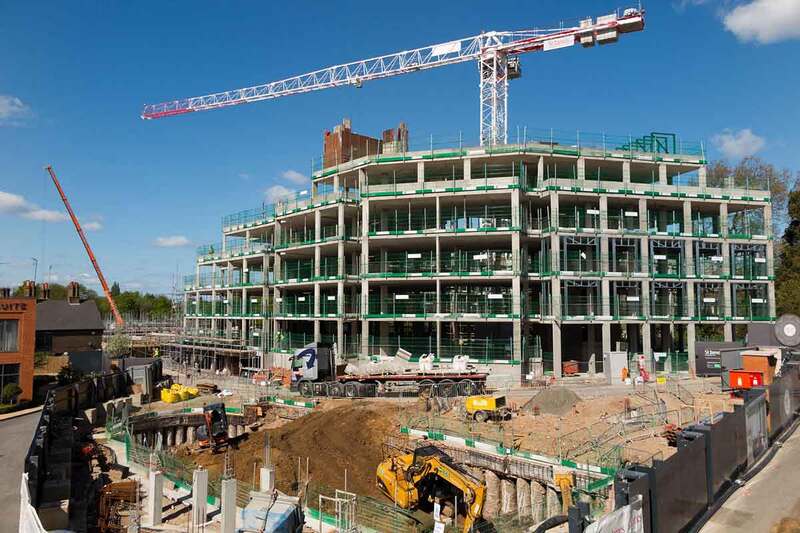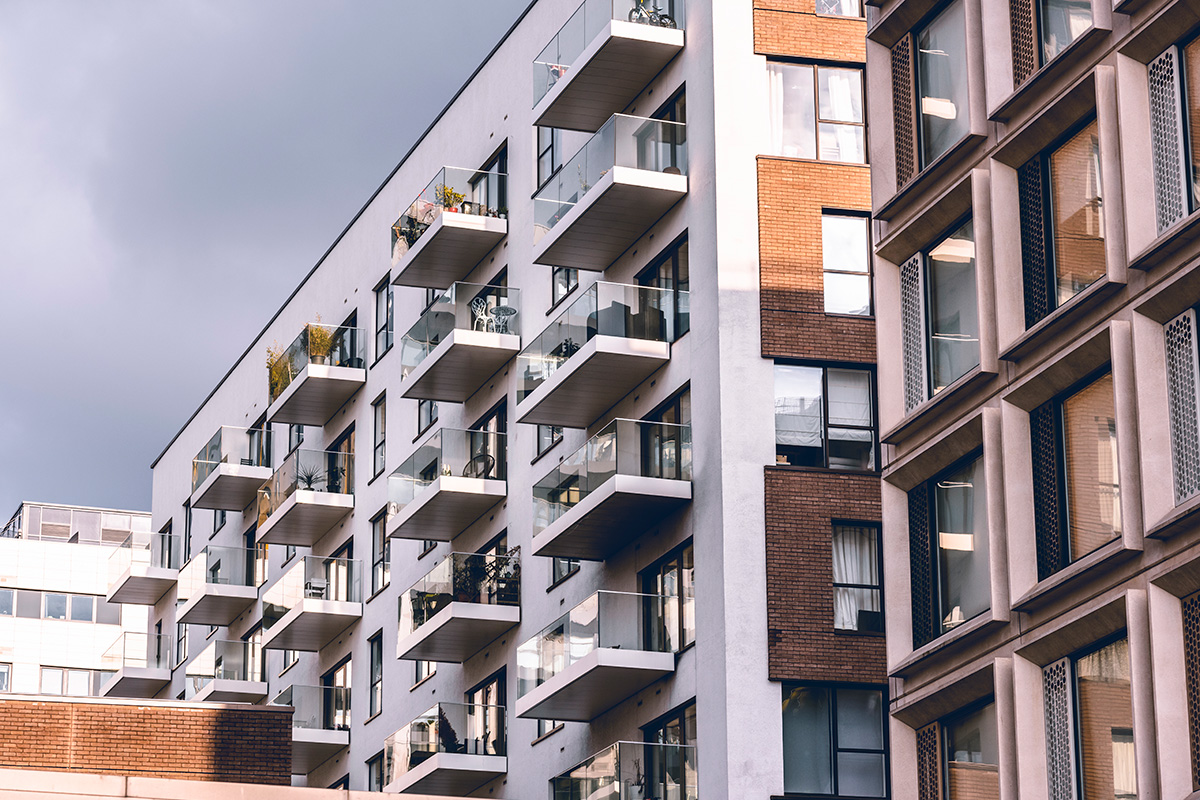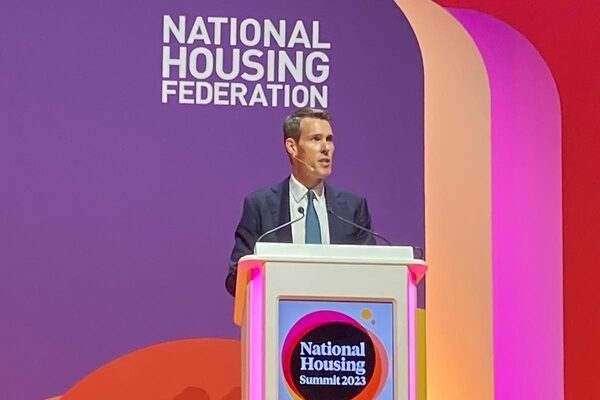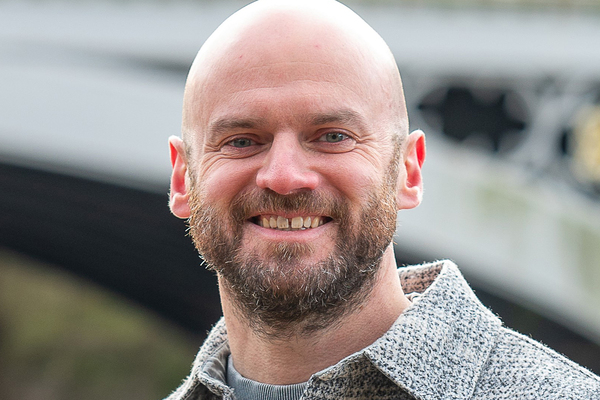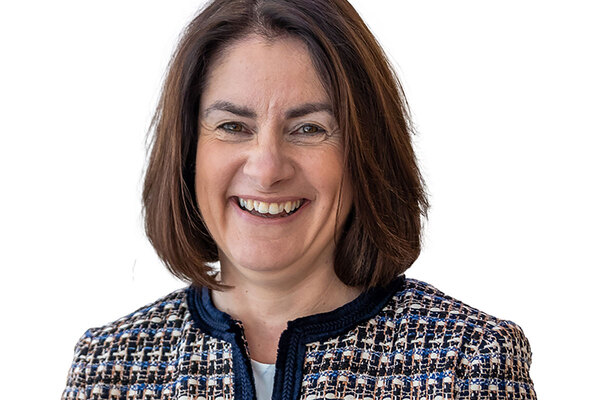Affordable Homes Guarantee Scheme gains £3bn top-up and opens to existing stock investment
The government has added £3bn to the Affordable Homes Guarantee Scheme (AHGS) and opened it up to provide funding for investment in existing stock, as long as new homes are also delivered.
Backed by the Department for Levelling Up, Housing and Communities, the existing £3bn scheme has, since its creation, had the option to be topped up to £6bn at “the guarantor’s sole discretion”.
That has now happened, with applications now open for the extended scheme, however, the scheme actually has £5bn left for providers.
This is because, of the current £3bn scheme, around £1bn has been funded to providers, Oriane Auzanneau, deputy portfolio manager for the AHGS, told Social Housing.
Ms Auzanneau, who is also managing director at ARA Venn, which manages the scheme, said the application window has been extended to April 2026.
Crucially, the AHGS has now been widened to allow providers to raise funds to invest in their existing homes, for example for building safety works, to upgrade energy efficiency ratings or for improving the quality of stock.
However, Ms Auzanneau said that borrowers must commit to use funds equivalent pound for pound to at least half of the amount borrowed towards supporting the delivery of new affordable homes.
“I think the extension really is a recognition that this is a challenging time for private registered providers to balance their investment priorities between the delivery of new affordable homes and improvement of existing homes,” she said.
“And the expansion of AHGS will benefit the sector by making it available to support both. So, from our side, we are very much looking forward to continuing to work closely with the sector and our stakeholders to support borrowers.
“We know there is a funding need in relation to meeting EPC targets; we are very conscious that the Decent Homes Standard and housing quality is at the very top of the agenda for RPs and when a new standard becomes available, housing associations will need to spend even more on this.
“The scheme will be well placed to support all of these investment needs for the sector.”
Ms Auzanneau said that ARA Venn works very closely with stakeholders, housing associations and treasury advisors.
She said the investment manager has taken feedback on board and helped to bring the scheme to a place where it could support both sides of the investment requirements, investing in existing stock and funding development.
“This should be really helpful for the sector at a time when balancing the priority in terms of investing between the two is challenging,” Ms Auzanneau said. “And we are getting very good initial feedback on the scope of the scheme.”
Ms Auzanneau said that ARA Venn is busy engaging with providers and has seen a variety of funding needs with some prospective borrowers intending to use the scheme mostly to support their development pipelines.
However, it has also seen “a lot of interest in the expanded scope”, allowing borrowers to support investment with existing homes.
Ms Auzanneau said the expanded scheme has been designed with collateral efficiency in mind.
This means that where loans include an element of allocation towards delivering improvements to existing homes, borrowers will have two options.
First, they can provide collateral value that covers the whole of the loan. Or, they can only cover the portion that relates to their commitment to deliver new affordable homes, which is the minimum required, and then they will pay an asset cover fee of 10 basis points on the portion of the overall loan amount not covered by collateral value.
Ms Auzanneau said: “I think that stems from a recognition that when you deliver new homes you are replenishing your stock of homes available for charging for loans in the future, whereas when you invest into your existing asset base, those assets could already be charged to existing loans and you’re not developing new homes.
“And so actually, from a collateral efficiency perspective, we expect some borrowers may decide that they’re comfortable with covering the whole loan with collateral value. Some may actually find it quite helpful to have a starting point that recognises that some of their investment is into existing homes rather than new homes.”
Interest cover covenants remain the same at EBITDA only, at a minimum of 1.2 times.
Launched in 2020, the AHGS has already helped 12 providers to deliver 6,290 new homes, with thousands more to be built in the coming years.
In December, Thirteen Group, Nottingham Community Housing Association, Watford Community Housing and Yorkshire Housing received a split of £256.5m through the AHGS to fund the development of more than 1,500 new affordable homes.
In March last year, Torus, Stonewater and Coastline Housing accessed £250m through the scheme.
Richard Green, portfolio manager for AHGS and partner at ARA Venn, said: “We are delighted that we will be able to provide low-cost loans to private registered providers across England to now facilitate investment in existing homes, in addition to new ones.
“We look forward to continuing and building on the success of the Affordable Homes Guarantee Scheme, that has already proved a key source of funding for the sector.
“This timely expansion of the scheme allows us to support the sector’s balancing of investment priorities between providing new homes and ensuring the quality and energy efficiency of existing homes.”
Government said that 20,000 new affordable homes will be built across the country thanks to the £3bn increase to the AHGS.
Housing minister Lee Rowley said: “We know getting cost-effective loans can be a stumbling block for many developers building more affordable homes or upgrading their existing stock, so it is of the quality tenants deserve.
“This new round opening today will not only improve the lives of those already living in homes, but help thousands of families benefit from new, high-quality, affordable housing.”
In context
The government began tendering for a delivery partner for the current scheme, with up to £6bn of government guarantees to be made available, in 2019, with ARA Venn selected as the preferred bidder in summer 2020, as first reported by Social Housing, with an initial £3bn of guarantees in place. The previous £3.5bn iteration of the AHGS was run by THFC and closed in 2016.
The current scheme effectively includes £3bn of guarantees rolled over from the £10bn pot of housing guarantees announced back in 2012, of which £3.5bn was assigned to the first AHGS and a further £3.5bn was assigned to the Private Rented Sector Guarantee Scheme (also administered by ARA Venn), leaving £3bn unused.
To date, guarantees for the affordable housing sector have only been available for funding the delivery of new homes, however sector commentators have been calling for government to use its financial heft to support better availability of funding for retrofit activities such as decarbonisation works. For example, research supported by THFC in 2021 called for a new mixed funding model including the creation of a retrofit-focused guarantees scheme.
Sign up for Social Housing’s weekly news bulletin
Social Housing’s weekly news bulletin delivers the latest news and insight across finance and funding, regulation and governance, policy and strategy, straight to your inbox. Meanwhile, news alerts bring you the biggest stories as they land.
Already have an account? Click here to manage your newsletters.
RELATED
